

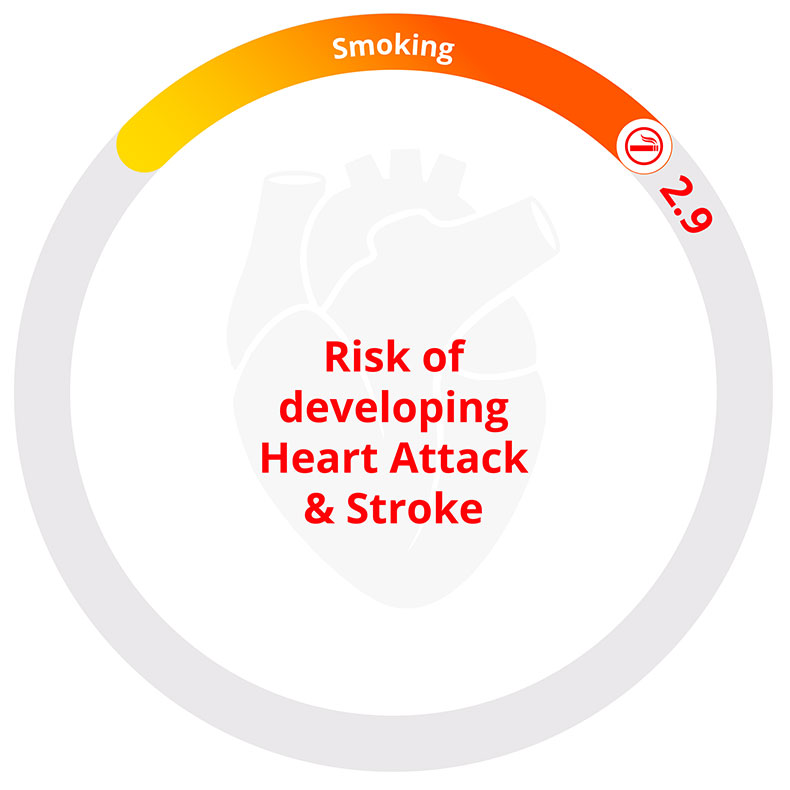

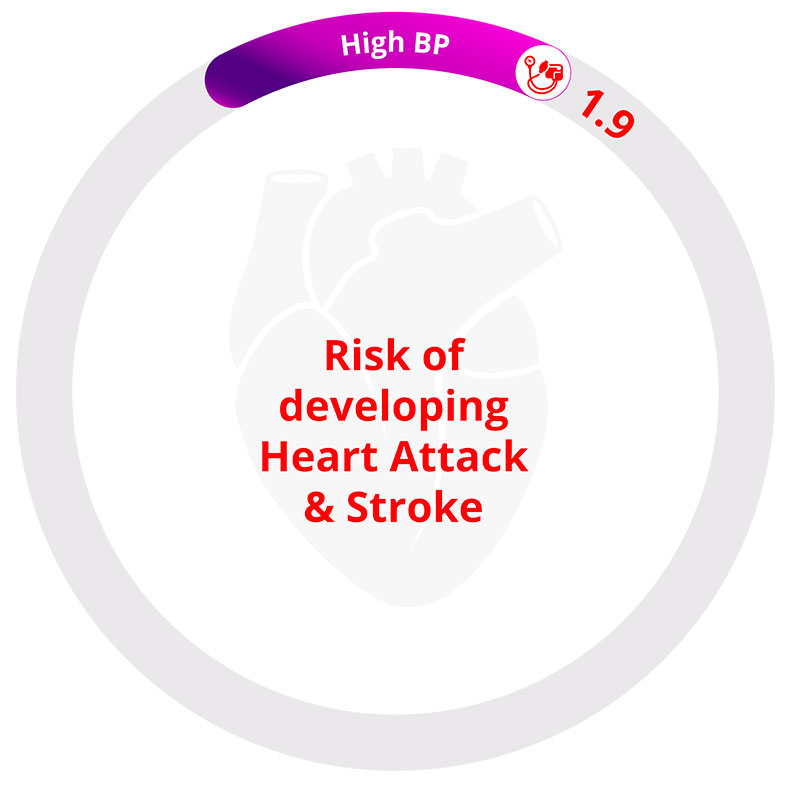
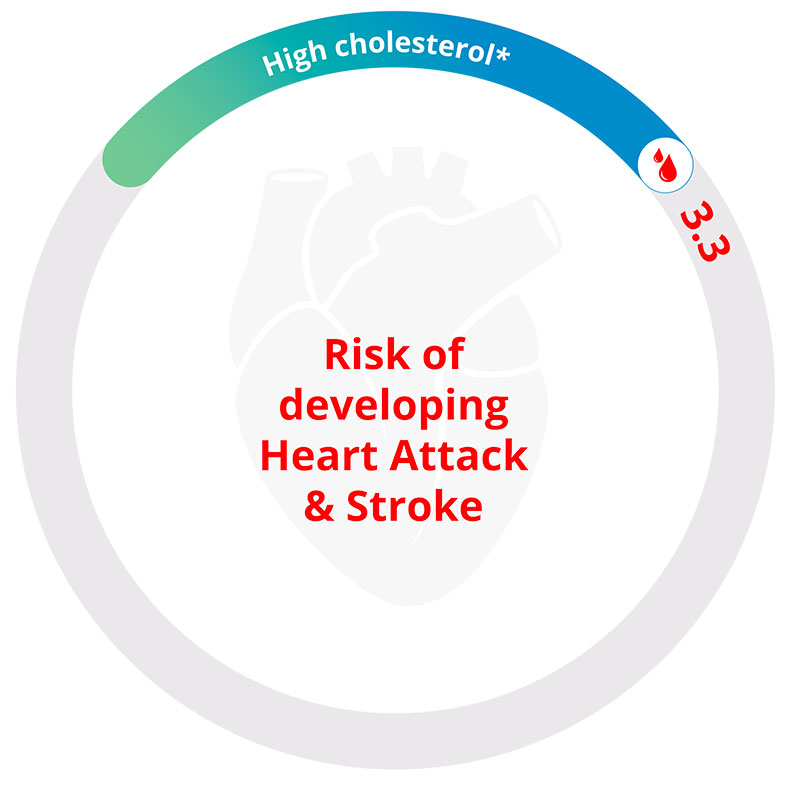
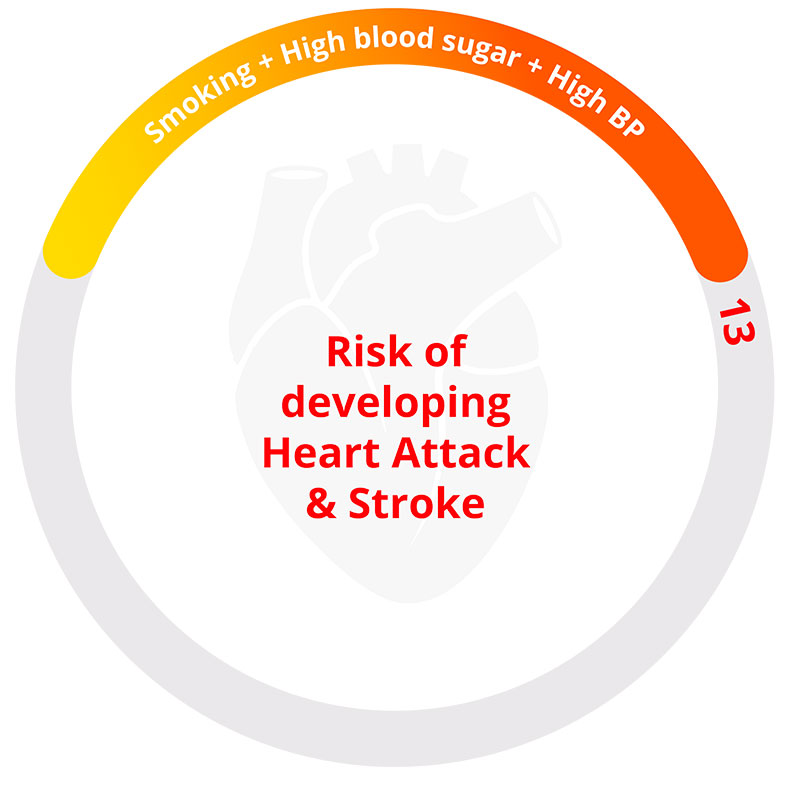
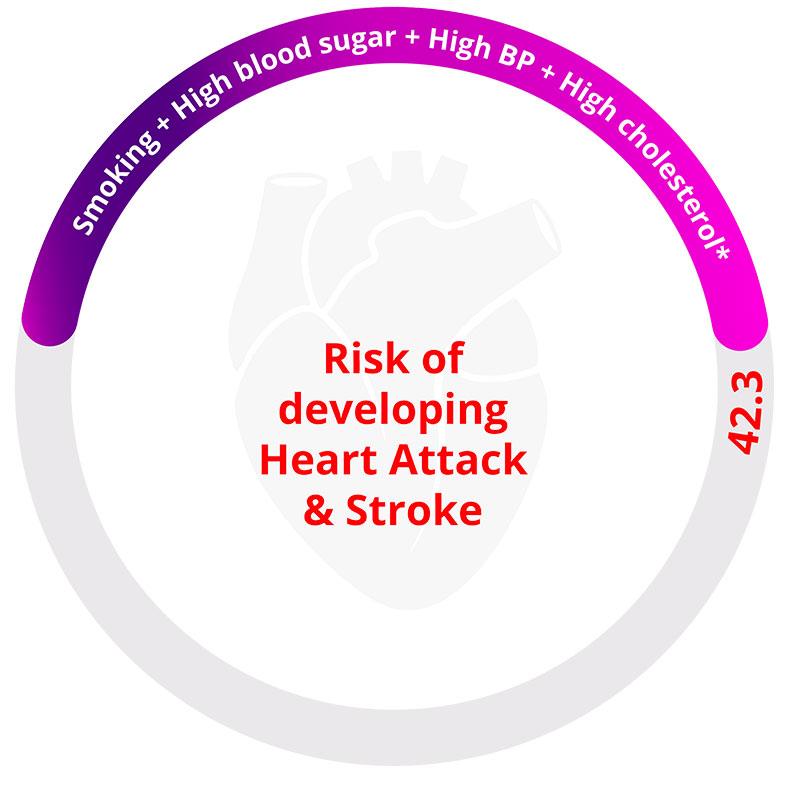

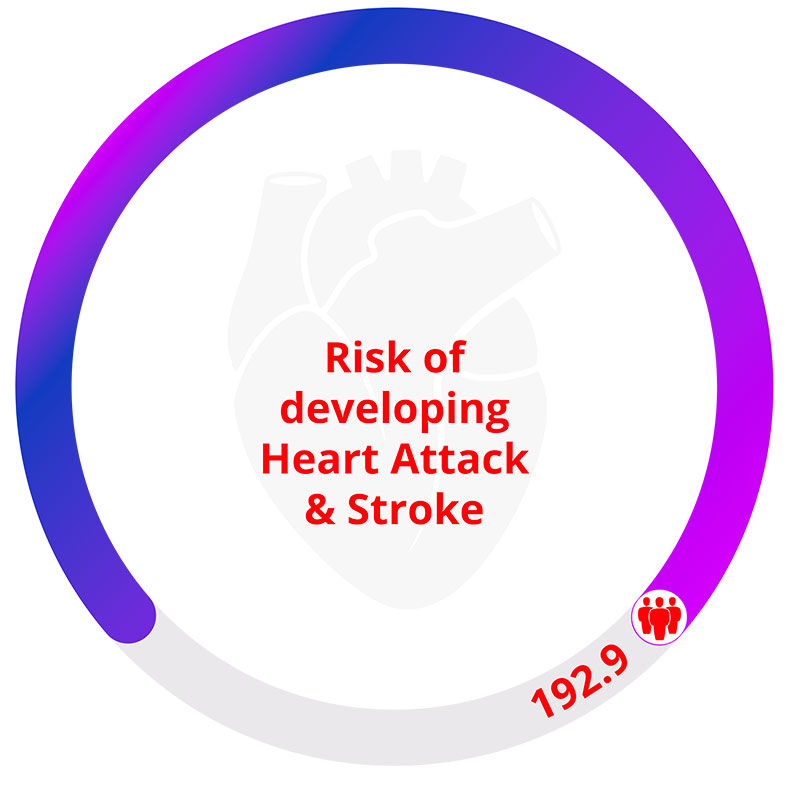


A heart attack is a devastating experience for both the patient and family. However, the good thing is not all who experience it succumb. In fact, tens of thousands of people survive heart attacks and lead normal and enjoyable lives thereafter.
Heart attack is an outcome of sudden restricted or blocked flow of oxygen-rich blood supply to the heart muscle. Generally, the blockage results from plaque (a wax-like build-up in the arteries) ruptures.
For the last several decades, heart attack was considered a problem of those aged 50+ (men) and 65+ (women). However in the recent times, the problem of heart attack at young age has loomed large. Talking about the causes of heart attack in young age, the following are the most potent factors:
A heart attack is result of a situation when a part of the heart muscle couldn’t get enough blood supply. The more the delay in getting the medical assistance, the higher are the chances of damage to the heart muscle.
Despite the fact that symptoms may be absent in most cases of heart attack, it is important to stay watchful for any sign associated with a heart disease, including:
Chest Pain – Having a feeling of squeezing or pressing of chest by a heavy object, accompanied by pain radiating from the chest to the jaw, arms, neck, and back
Shortness of Breath – It is characterized by panting for breath or the need to take in deep breaths. It may appear as a standalone symptom or with heart attack symptoms like chest discomfort
Lightheadedness – Feeling light-headed, weak, or faint. Breaking-out into a cold sweat or feeling like pass out are also the signs one should watch out for
Experiencing numbness, weakness, pain, or coldness in arms or legs due to narrowing of blood vessels in these parts of your body
In addition, irregular or slow heartbeat, swollen feet or ankles, and/or breathlessness after an activity or at rest are among the heart attack symptoms.
1. Diabetes
Having diabetes is among the major heart attack risk factors. Diabetes increases the likelihood of developing heart disease due to certain risk factors associated with diabetes, including high blood pressure and high cholesterol among others. People with diabetes can prevent or minimize the risk of heart disease by managing their blood sugar or glucose levels and keeping a tab on their high cholesterol and high blood pressure Learn More.
2. Cholesterol
Higher levels of cholesterol in the blood may lead to building up of plaque (a fatty substance) in the walls of arteries, a condition called as atherosclerosis that is a type of heart disease. Narrowing of arteries causes blockage or slow down of blood flow to the heart muscle, which in turn reduces sufficient supply of blood and oxygen to the heart. In a condition when the blood supply is completely cut off, a heart attack may occur Learn More.
3. Hypertension
Healthy arteries are elastic, flexible, and strong, with smooth inner lining that allows the blood to flow freely and supply nutrients and oxygen to the vital organs. Hypertension or high pressure causes the pressure of blood flowing through the arteries to rise, which may lead to damaged and narrowed arteries. High blood pressure is associated with many problems for the heart, including coronary artery disease, enlarged or thickened left heart, and heart failure among others Learn More.
4. Obesity
Surviving a heart attack doesn’t mean all is well now. A heart attack leaves detrimental effect on the heart in terms of compromised pumping ability and the rhythm. Therefore, it is important to do some healthy things for early recovery from heart attack.
The following steps can be effective in speedy recovery after heart attack:
Physical activity – It is important to speak to a doctor regarding safe activity levels, especially when an individual is recovering from a recent heart attack.
Lifestyle changes – Lifestyle changes like eating a healthier diet, recommended physical activity, quitting smoking, restricting alcohol use and managing stress can play a significant role in making heart attack recovery.
Taking medication – Those who are recovering from a heart attack should be very particular about their medication schedules and dosages as they help the body heal faster.
Getting quality sleep – Getting a good night’s sleep is very important while recovering from any serious illness. Sleep relaxes the body and mind allows to respond better to the treatment.
Taking care of mental health – A heart attack affects body and mind equally. So it is normal to feel sad or depressed after a heart attack. Practice relaxation techniques like meditation or Yoga to relieve mental stress and exertion.
Heart attack and other related heart diseases are associated poor quality of life and immense financial burden. Preventing heart disease risk or early detection can go a long way in improving the situation.
Making India Head Strong is a sincere attempt to help people known their heart disease risk through: